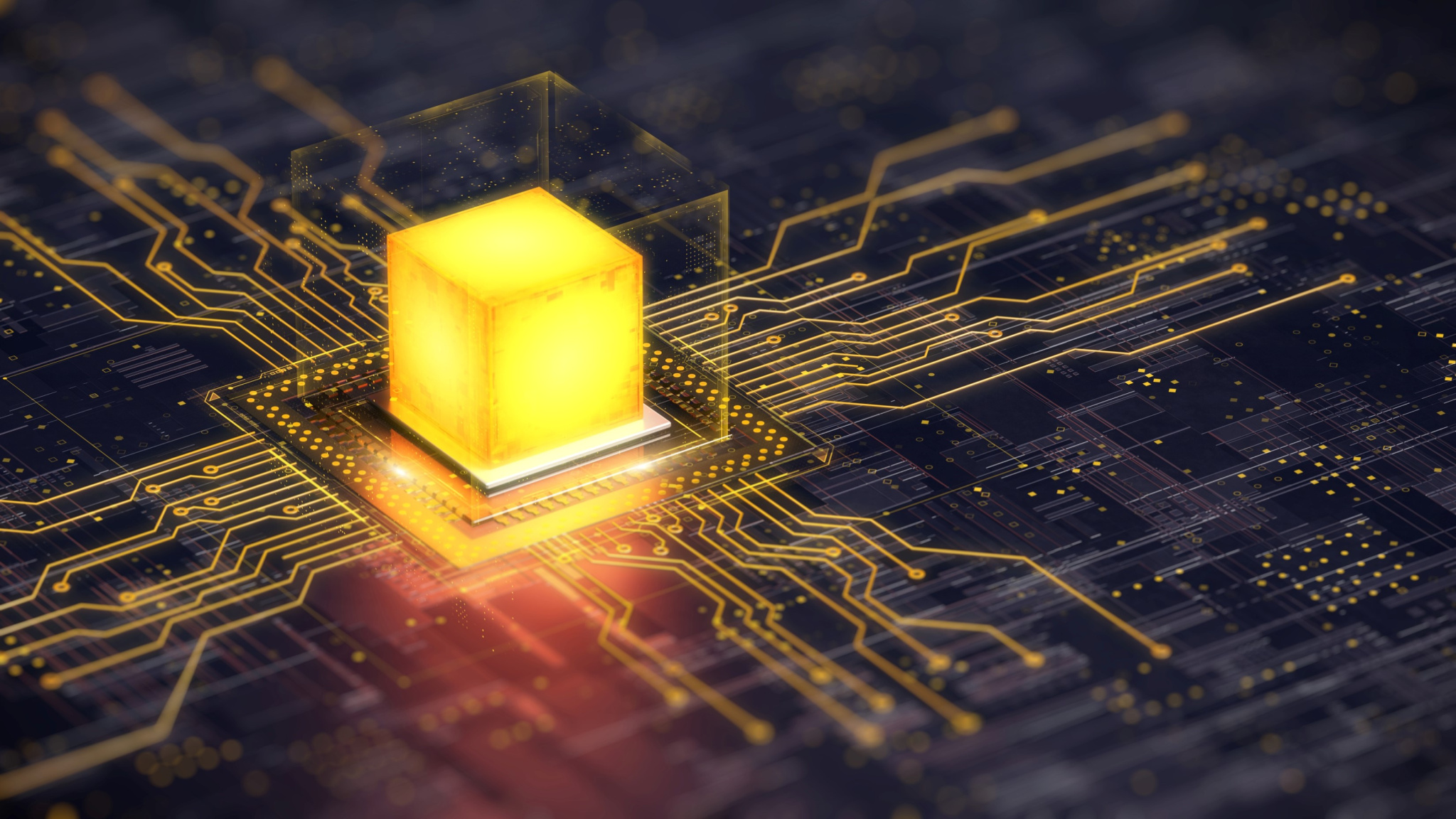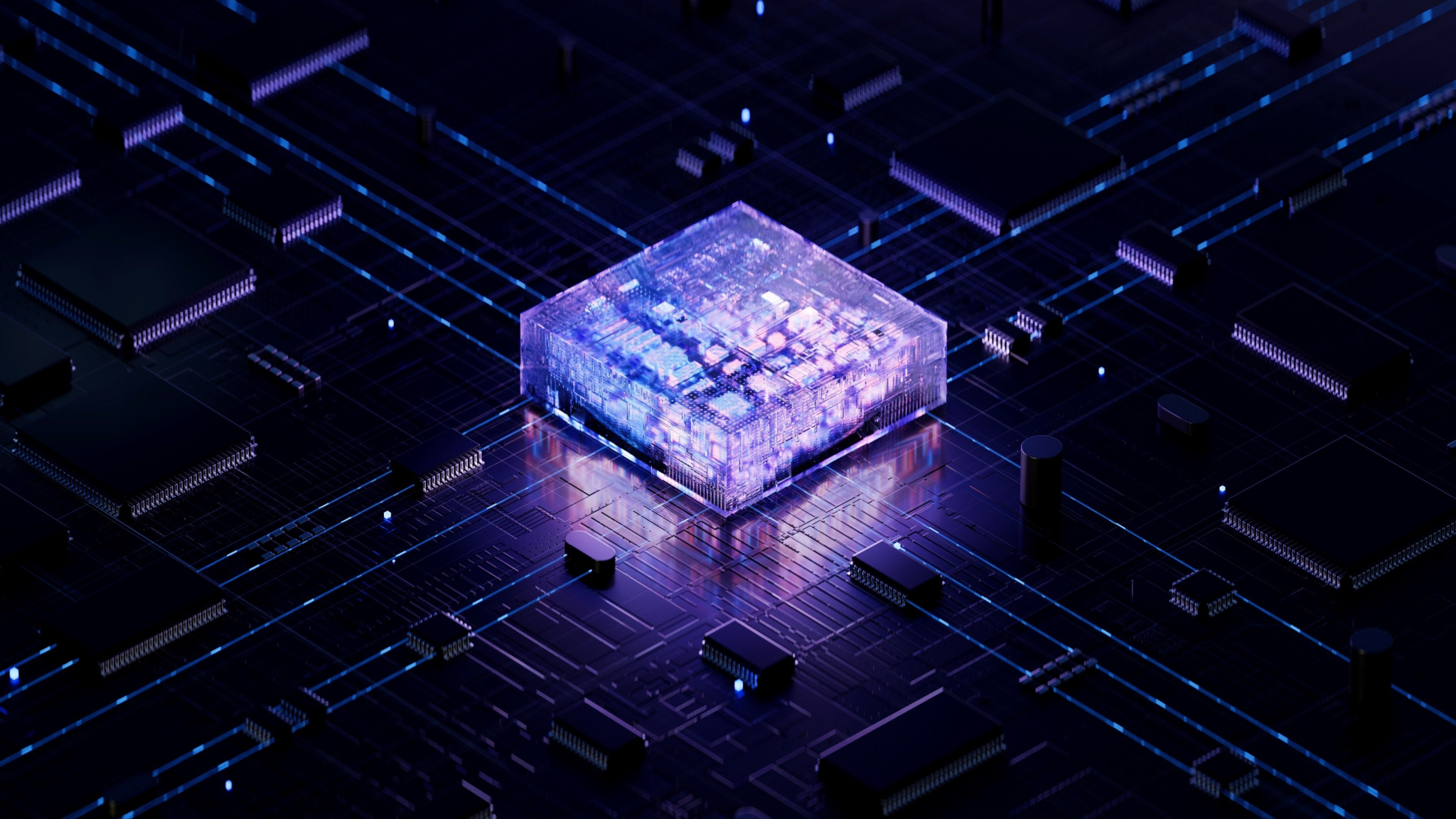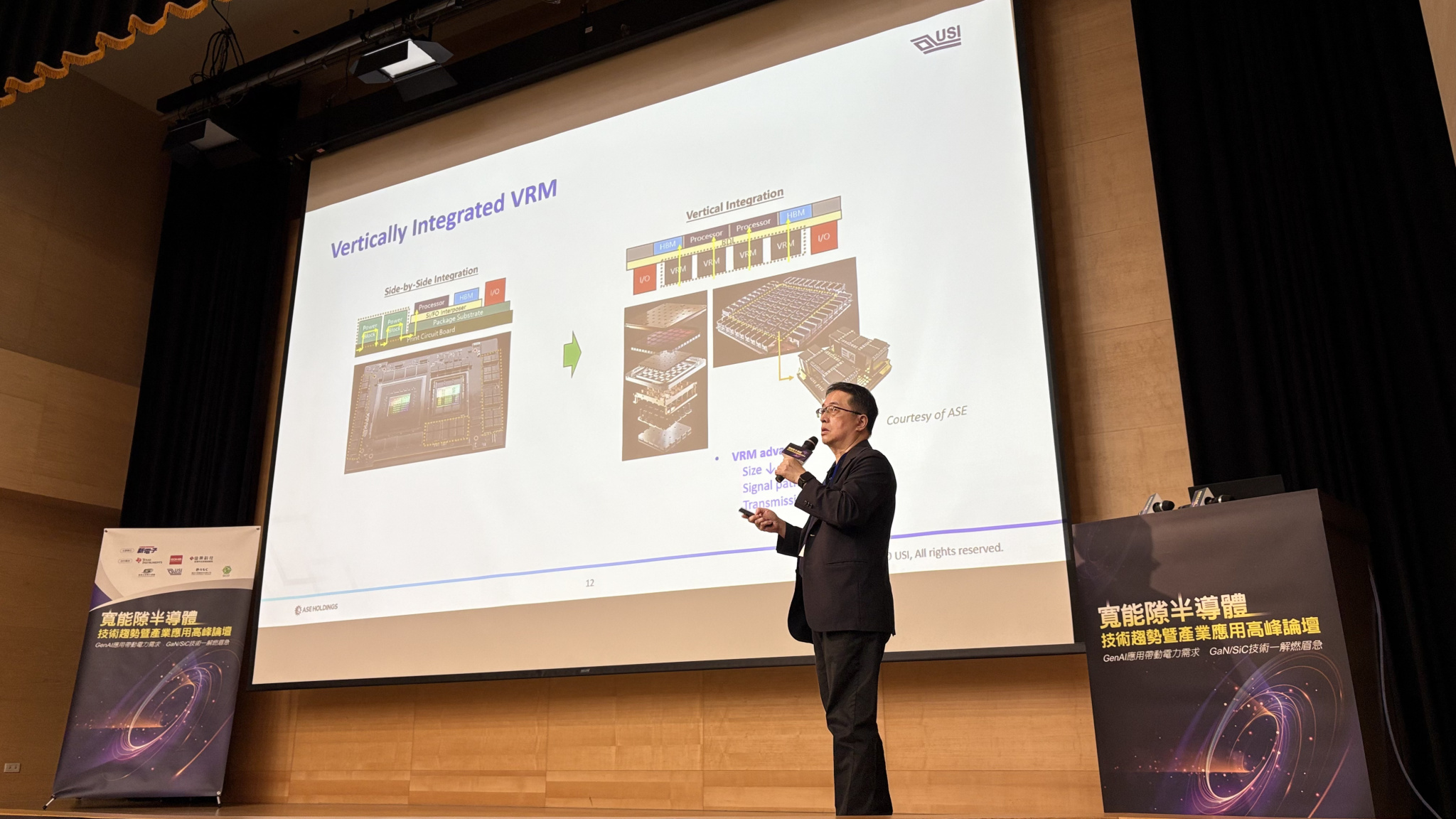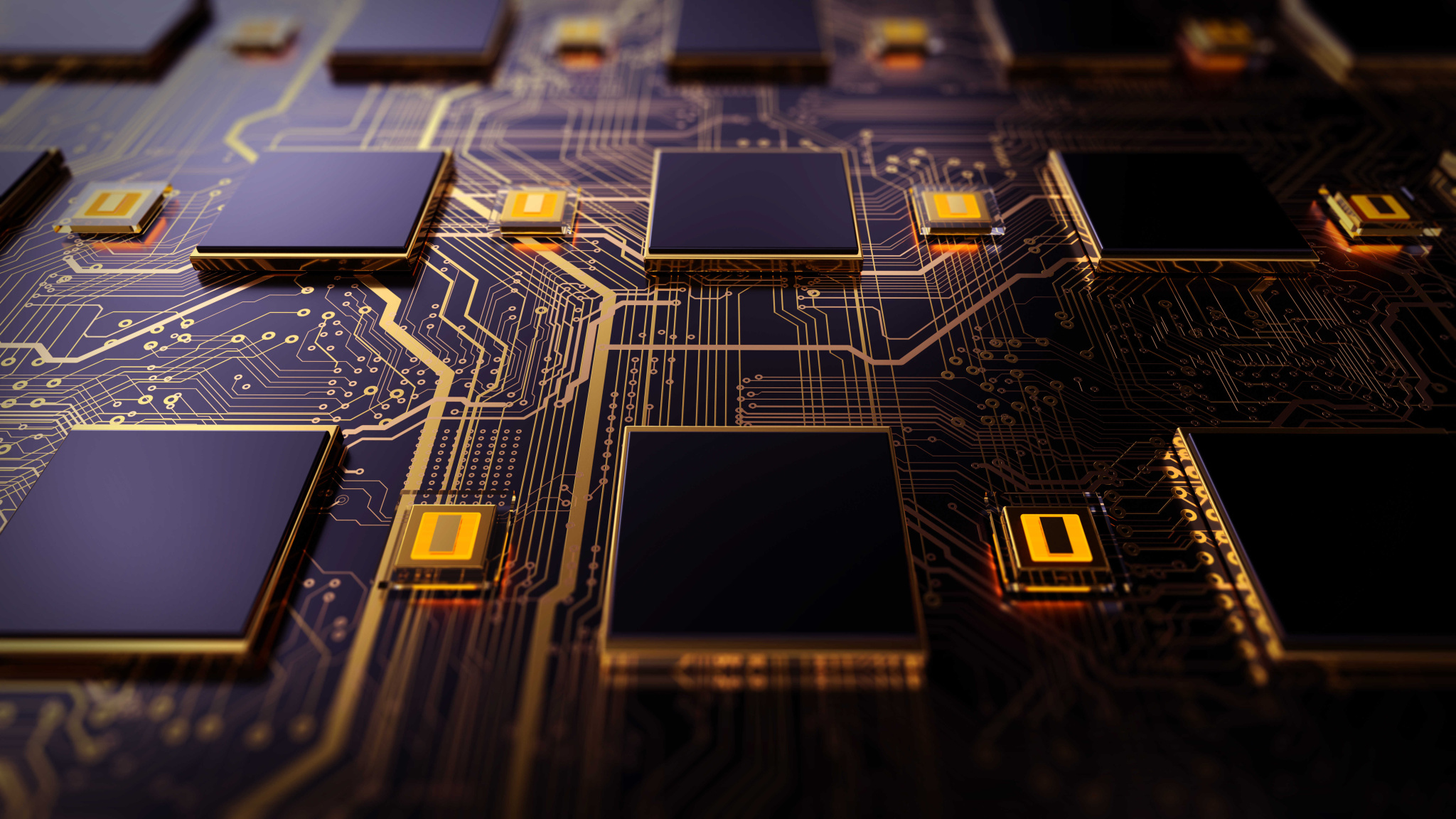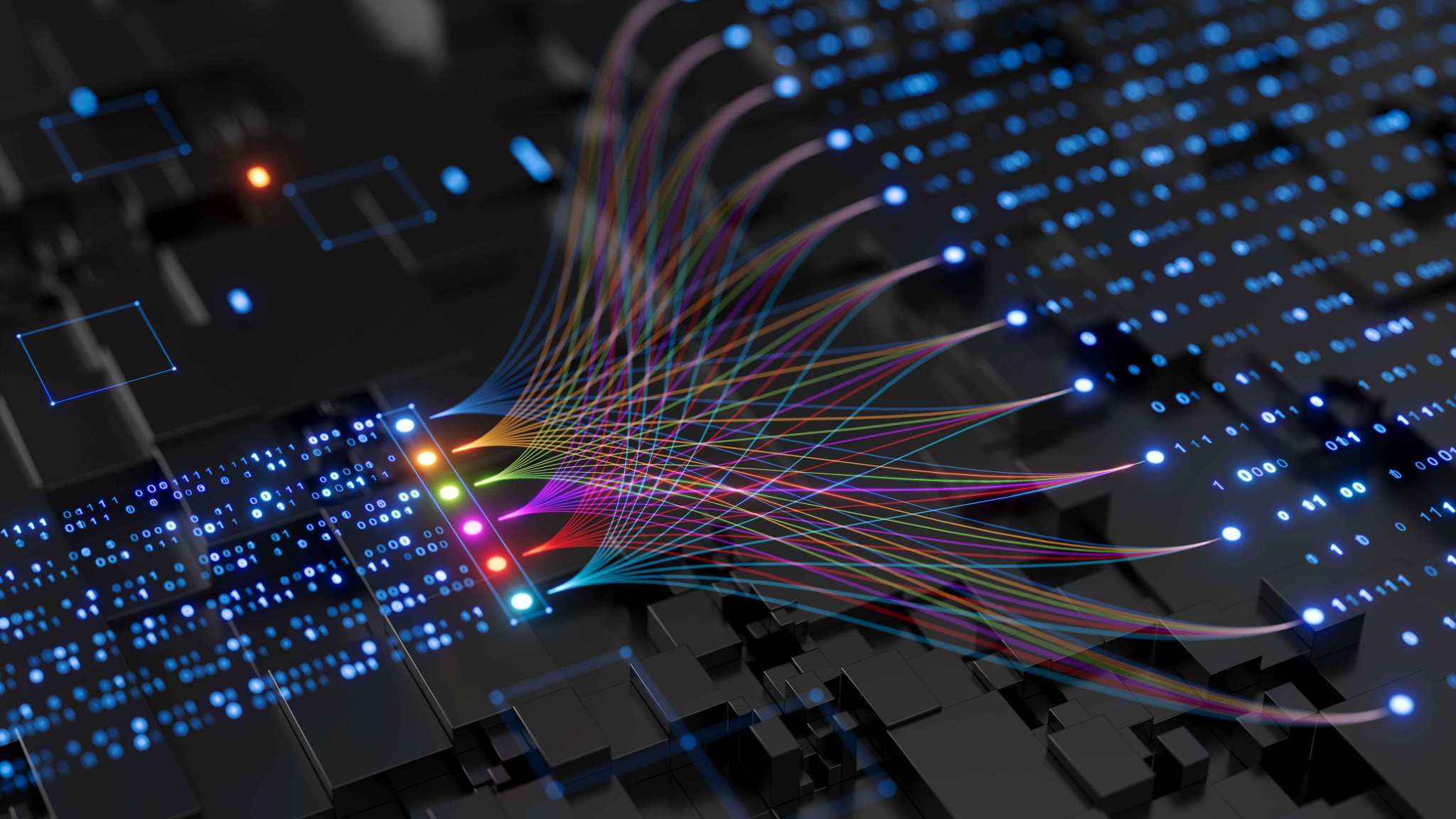Search
- 03/25/2025
Breaking the Bottleneck: The emergence of 3D packaging power modules
Following up on the previous discussion on "The Dual Challenges of High-Performance Computing Systems," this article extends the discussion to potential solutions. To address challenges such as power consumption and heat dissipation, USI is implementing "3D packaging" technology for power modules. This approach enables compact integration of power modules within systems, enhancing power density and energy efficiency.
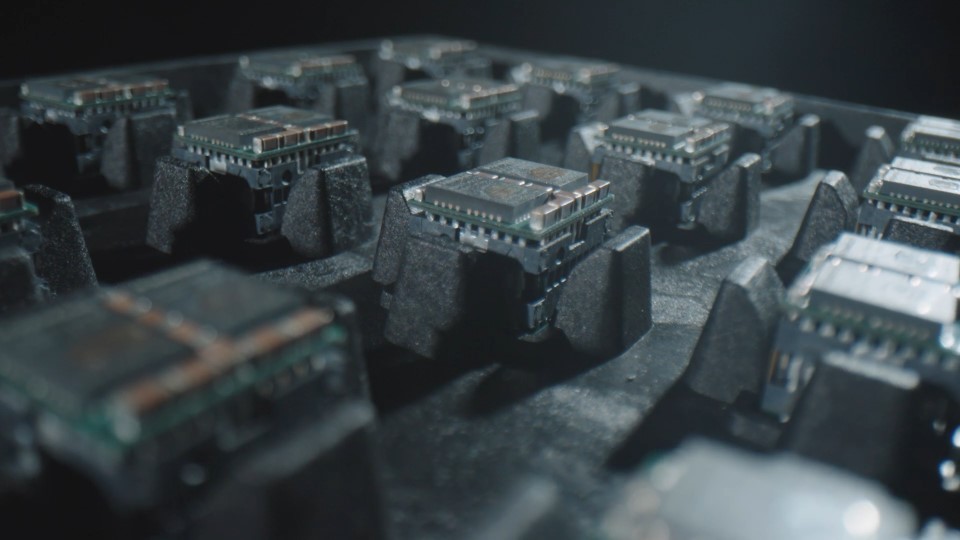
- Increased Power and Current Density: It allows for the integration of more components within a limited space, significantly boosting power and current density. This is particularly crucial for HPC systems requiring high performance and power output.
- Improved Thermal Performance: It enables more effective heat management through flexible thermal design and efficient heat dissipation pathways. This helps reduce module operating temperatures, prolong component lifespan, and enhance system reliability.
- Reduced Electromagnetic Interference (EMI): It allows for better shielding and isolation of sensitive components, thereby minimizing EMI. This is essential for maintaining the stability and performance of HPC systems.
- Enhanced Manufacturing Efficiency: It facilitates automated production processes, which not only improves manufacturing efficiency but also reduces production costs. Automation also ensures product consistency and quality.
- Support for High-Frequency Operation: It allows for the use of advanced materials and designs to support higher switching frequencies. This contributes to improved power module efficiency, reduced power consumption, and support for more efficient computing.
- Flexible Design and Integration: It enables more flexible design and integration, allowing for customization based on specific application requirements. This is highly beneficial for HPC systems requiring specific performance characteristics and functionalities.
For a more comprehensive understanding of the key technologies and processes, including USI's manufacturing capabilities, please refer to the video below:
USI Capability | Power Module MFG Process for AI Server
Wide Applications and Driving Forces of High-Performance Computing
High-Performance Computing (HPC) has permeated various aspects of our lives, becoming a crucial engine driving technological advancement. From fundamental scientific research to industrial production, its presence is ubiquitous.
In scientific research, for instance, the initial attempt to sequence the human genome took 13 years; today, HPC systems can accomplish this task in less than a day. In weather forecasting, processing massive amounts of historical meteorological data and climate-related data points has improved the accuracy and timeliness of forecasts. In simulations, HPC is used to create simulation models, such as car crash test simulations, enabling rapid and efficient testing in virtual environments, saving both time and cost.
The driving forces behind HPC development primarily stem from three key areas:
- The Advent of the Big Data Era: The explosive growth of data has led to a surge in demand for data processing capabilities. HPC provides powerful computing resources for analyzing and mining massive datasets.
- The Rise of Artificial Intelligence: Artificial intelligence, particularly deep learning, requires substantial computational resources for model training. HPC provides a solid foundation for AI development.
- Industrial Transformation and Upgrading: With the development of Industry 4.0, traditional industries such as manufacturing, energy, and finance are undergoing intelligent transformation, and HPC is a key technology for achieving this transformation.
USI competes in the market with 3D packaging technology as its core, and our greatest advantage is our flexibility in providing customers with the customized packaging solutions they need. In the future, with continuous breakthroughs in related technologies, HPC will play a more significant role in more fields. Its importance as a crucial guarantee for today's high-tech production and services is self-evident.
Keep up with top trending topic
For the latest innovation technology, application
and industry insight.
Subscribe Our Blog
For the latest innovation technology, application
and industry insight.


